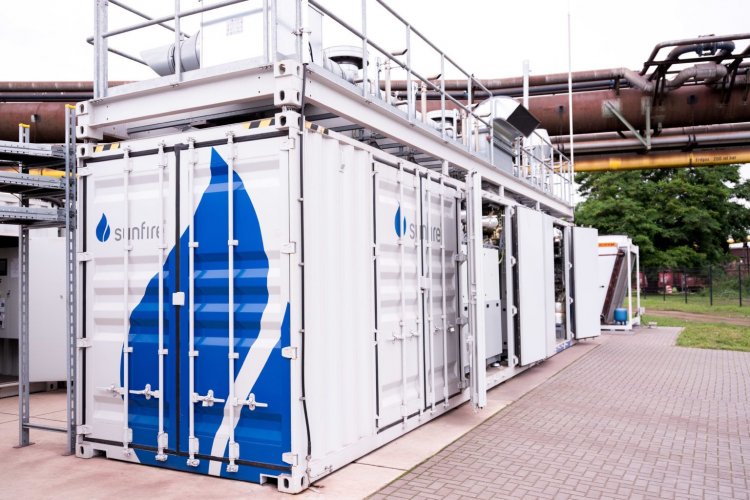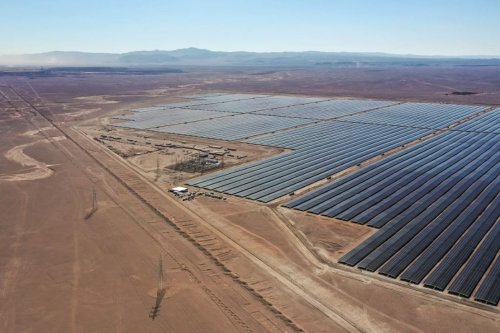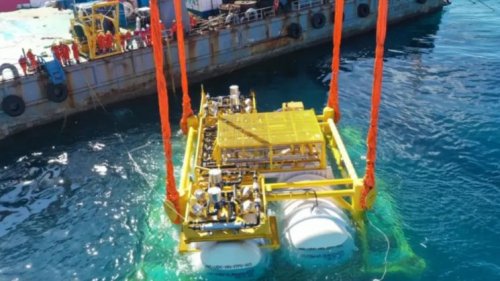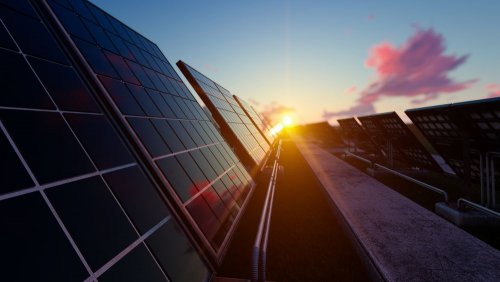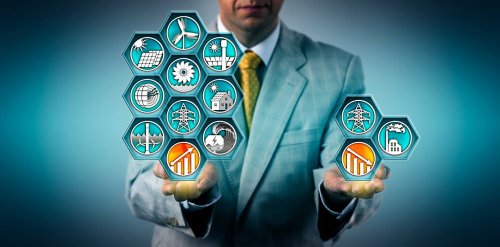The largest high-temperature electrolyser, which was installed on its site by the German metallurgical giant Salzgitter AG, showed a record efficiency — the electrical efficiency reached 84%.
About this on Tuesday, April 19, wrote the publication PV Magazine.
“For many months, we have been working together with our partners on this lighthouse project. Now we reached another important milestone,” said Simon Kroop from the Salzgitter Mannesmann Forschung. “For the first time, the electrolyzer produced 200 Nm3 of green hydrogen per hour. We are also able to prove an electrical efficiency of 84% el,LHV. This is a level of efficiency that no one else has achieved before. By comparison, other electrolysis technologies, such as Alkaline or PEM, only reach efficiencies of around 60% el,LHV."
The high-temperature electrolyzer was developed and manufactured by the German electrolysis company Sunfire. Based on the innovative SOEC (solid oxide electrolysis cell) technology, the electrolyzer uses renewable electricity to split water into hydrogen and oxygen.
“Our electrolyzer runs at operating temperatures of 850 °C and uses waste heat from Salzgitter’s steel production processes,” explained Konstantin Schwarze, Head of Large Systems Product Development at Sunfire. “That is why our high-temperature electrolyzer requires much less electricity to produce hydrogen at a large scale than conventional technologies. As part of GrInHy2.0, we were finally able to demonstrate the high efficiency on a megawatt scale.”
The project is reportedly called GrInHy2.0 and is funded by the European Union.
It should be noted that in 2015, the German steel giant Salzgitter AG began developing the SALCOS® (Salzgitter Low CO2 Steelmaking) project to decarbonize steel production using natural gas and hydrogen. The company plans to phase out blast furnaces and fully transition to new technologies by the mid-2030s, reducing CO2 emissions from steel production by 95%. Green hydrogen plays an important role in this strategy.
As reported EcoPolitics earlier, Germany can supply almost 28 GW of power green hydrogen electrolyzer by 2030.
We also recall that scientists predict reduction of fundamental costs for alkaline electrolyzers (AEL) and proton exchange membrane (PEM) electrolyzers until 2030 with the development of hydrogen technologies.

